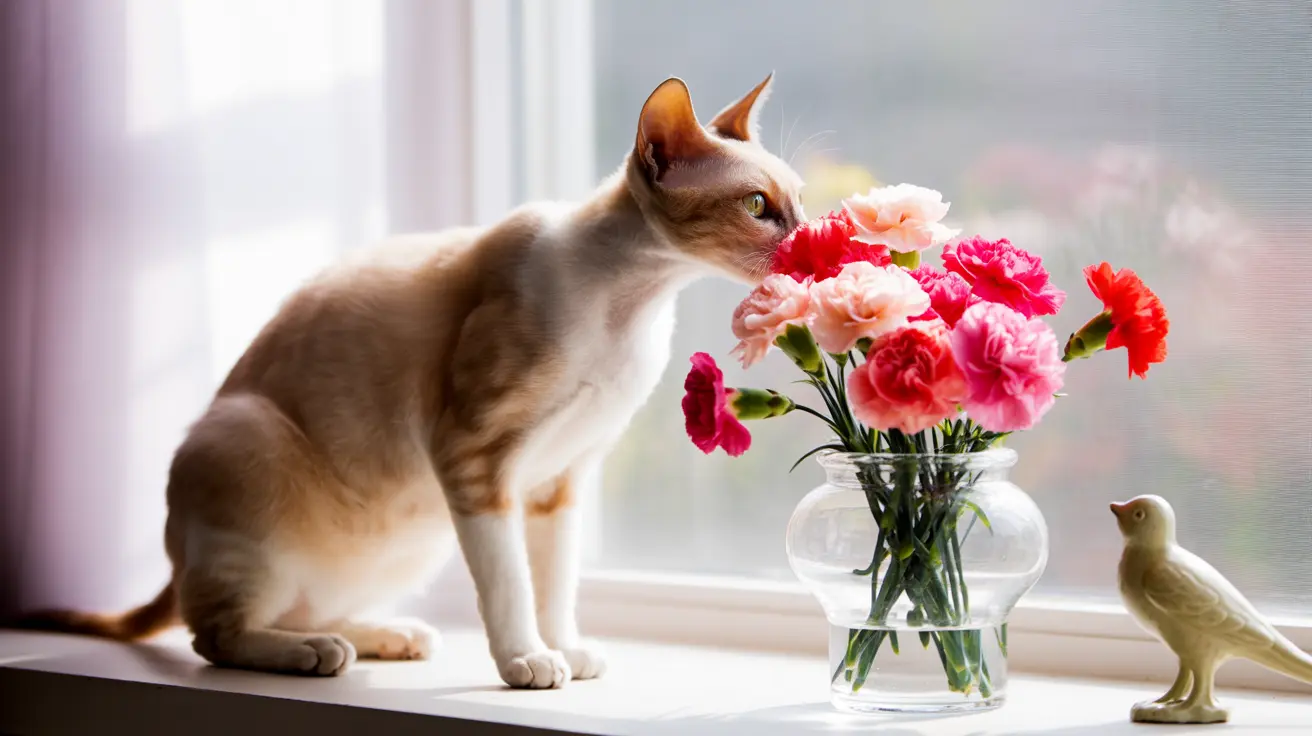Knowing how to pick up a cat properly is an essential skill for every cat owner and cat lover. Whether you're preparing for a vet visit or simply want to show affection to your feline friend, using the correct technique ensures both you and your cat stay safe and comfortable during the interaction.
In this comprehensive guide, we'll explore the proper methods for lifting and holding cats, along with expert tips to make the experience positive for everyone involved.
Reading Your Cat's Body Language First
Before attempting to pick up any cat, it's crucial to understand their current mood and willingness to be handled. Look for these positive signs:
- Rubbing against your legs
- Purring and making eye contact
- Tail held high with a slight curve
- Relaxed ear position
- Slow blinking
Conversely, avoid picking up a cat showing these warning signs:
- Flattened ears
- Puffed-up tail
- Growling or hissing
- Attempting to hide or escape
- Twitching tail or skin
The Proper Technique for Picking Up a Cat
Approaching Your Cat
Start by approaching your cat calmly and at their level. Crouch down to appear less intimidating and extend your hand for them to sniff. This builds trust and allows the cat to feel more in control of the interaction.
The Lift and Support Method
Follow these steps for a safe lift:
- Place one hand behind the front legs, supporting the chest
- Position your other hand under the hindquarters
- Lift smoothly while keeping the cat's body level
- Hold them close to your chest for security
Proper Holding Positions
Once you've lifted your cat, maintain proper support using these recommended positions:
- The Traditional Hold: Against your chest with all paws supported
- The Football Hold: Tucked securely in the crook of your arm
- The Shoulder Rest: For confident cats who enjoy perching high
Safe Landing: Putting Your Cat Down
Returning your cat to the ground is just as important as picking them up:
- Lower them slowly and steadily
- Ensure all paws touch the ground simultaneously
- Release gently once they're stable
- Allow them to walk away on their terms
Special Considerations
Different situations may require adjusted approaches:
- Senior cats may need extra support for arthritic joints
- Pregnant cats require particularly gentle handling
- Injured cats should only be lifted when necessary and with extreme care
- Scared or stressed cats might need time to calm down first
Frequently Asked Questions
How can I tell if my cat wants to be picked up or not?
Watch for positive signs like purring, rubbing against you, and relaxed body language. If your cat shows signs of stress like flattened ears, a swishing tail, or trying to escape, they're likely not in the mood to be picked up.
What is the safest way to pick up a cat without causing them stress or injury?
Support their chest with one hand and hindquarters with the other, lifting smoothly while keeping their body level. Hold them close to your body and maintain support at all times.
Why should I never lift a cat by the scruff of the neck?
Lifting by the scruff can cause pain, fear, and loss of control. While mother cats carry kittens this way, adult cats lack the same anatomical support and can experience distress and potential injury.
How do I properly support a cat's body when lifting and holding them?
Always use both hands: one supporting the chest behind the front legs, and the other supporting the hindquarters. Keep the cat's body level and close to your chest for security.
When is it best to put a cat back down to avoid scratches or bites?
Put your cat down at the first signs of restlessness, such as tail twitching, squirming, or tensing up. Never force a cat to stay in your arms when they want to get down, as this can lead to defensive behavior.
Remember, every cat is unique, and what works for one may not work for another. Practice patience and respect your cat's preferences to build trust and create positive experiences around being picked up.






